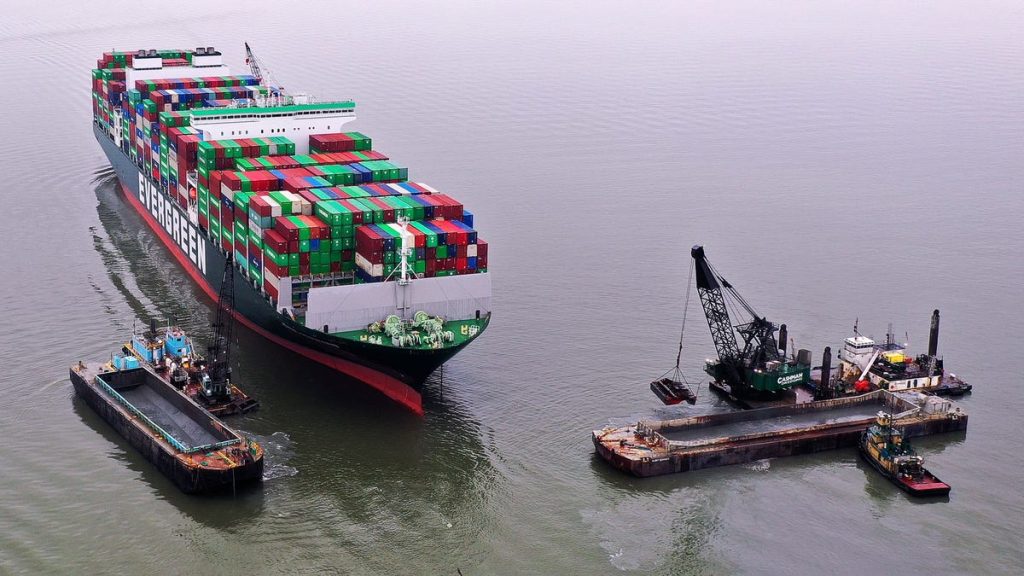Read This: How a Crack Team Rescues the World's Biggest Ships

The article talks about how ships like the Ever Forward are rescued. Photo: Win McNamee (Getty Images)
I don’t know about you, but I always find it fascinating when you see an enormous container ship, cruise liner or tanker stranded somewhere. These gigantic vessels look as if they wouldn’t stop for anything, but they can suddenly be undone by a sandbank or unfavorable weather.
It’s for that very reason that salvage efforts like the one we saw when the Ever Given stuck itself in the Suez Canal last year can capture the attention of people around the world. And now, an article from the BBC has unearthed the crack team of experts who go about freeing these behemoths. And it makes for a fascinating read.
The BBC spoke with salvage teams around the world including SMIT, which came to the rescue of the Ever Given, and Resolve Marine Group, a team behind other high-profile rescues, to uncover the steps they take to free stuck ships.
“The people that shipping firms call on in such situations are called salvors. And they have seen some extraordinary things at sea.”
Container ships that run aground can be worth hundreds of millions of dollars. Photo: Peter Macdiarmid (Getty Images)
The report talks through the steps salvors take to ensure the ship’s safety through the whole ordeal, which includes placing “sensors all over the hull to track how it moves and flexes during the operation.”
Experts discus the need to lighten the load on a ship by removing cargo or pumping out ballast water. They also explain that something called the “ground reaction force” prevents salvors from turning to an armada of tugboats to try and yank any ship from its stranded position.
There are also times when the land around a stranded ship must be manipulated to try and free the vessel, and it’s here that we must talk about the star of the Ever Given saga: the tiny digger.
“Many poked fun at the seemingly diminutive digger that was pictured heaving sand away from around the massive ship’s bow.
“‘The digger looks funny because it’s relatively small given the size of the vessel but it did actually do a relatively good job,’ says [Richard] Janssen [managing director of SMIT], explaining that removing some of the clay from this area helped ensure the Ever Given had enough space to swing free during the refloating operation.”
357 massive ships have been lost at sea over the past decade. Photo: Jose Luis Roca/AFP (Getty Images)
As well as the dangers of fires at sea and collisions between other vessels, the article also investigates why so much work is put into rescuing, refloating and reclaiming these stranded ships.
It explains:
“Whenever there’s a chance to rescue a large ship, their owners almost always take it because these vessels can be worth hundreds of millions of dollars.”
It’s a fascinating read that explains the steps salvage experts take really well. So if, like me, you’re interested in what happens to stricken super ships, you can read more about these international rescuers here.





